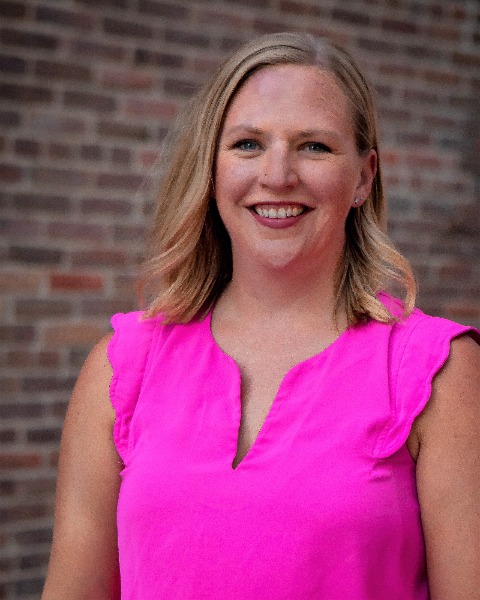Back
Care & Maintenance of Vascular Access Devices
P064 - Proactive Central Line Care and Maintenance Monitoring: Find the Fault Before It Happens
Katie Trautman - NPL, UIHC

Mary Beth H. Davis, MSN, RN, VA-BC™
Nursing Practice Leader-Peds Vascular Access
Stead Family Children's Hospital
2186-5, Iowa
Primary Author(s)
Purpose - What was the goal of the study?: To develop an EHR dashboard that would easily allow for frontline staff to see what care and maintenance elements are due or overdue to be completed on the inpatient units of an academic regional hospital.
Background - What was the problem? Why was it important?: A key element in reducing CLABSI is recognizing when scheduled care and maintenance bundle elements are due for your patient. This includes routine dressing changes, tubing changes, and needleless access device changes. When reviewing CLABSIs that have occurred we have identified instances in which care and maintenance bundle elements were missed or not documented appropriately. A small workgroup got together to build out a dashboard which can give frontline staff and unit leadership real time data for when patients with central lines require those bundle elements to be completed. By having a dashboard that can easily visualize a unit's care and maintenance bundle needs, frontline staff and unit management can ensure that care and maintenance components are being completed when due.
Results - What were the findings?: The development of the dashboard required a multi-disciplinary team of adult and pediatric/neonatal experts to dive into EPIC logistics to pull the correct data elements into a universal report (see figure 1). Biweekly meetings occurred to help develop the build and pull in the vital data elements that can prevent care and maintenance lapses, but also help advocate for line removal as needed. During this process a wide variance of charting standards was identified, and the team standardize charting on a hospital level to ensure complete and clear documentation is in place to pull data from.
While our implementation data collection is ongoing, early reports have found consistent nonstandard documentation on units regarding needleless connector changes and tubing changes. Unit CLABSI leaders can pull up the dashboard daily and review the unit needs and follow up with the nurse to ensure care and maintenance bundles are corrected or completed. This dashboard saves the time of the nurse to pull up individual patients by giving a unit view of needs.
Conclusions - What do the final outcomes mean?: By moving our focus away from a review process to a proactive approach we can recognize misses or near misses in care and maintenance before they occur and give a useful tool for frontline staff to easily visualize the needs of their unit. The secondary outcome of documentation standardization is beneficial to ensure nursing standards of practice are being met concisely regardless of unit-based practices.
Background - What was the problem? Why was it important?: A key element in reducing CLABSI is recognizing when scheduled care and maintenance bundle elements are due for your patient. This includes routine dressing changes, tubing changes, and needleless access device changes. When reviewing CLABSIs that have occurred we have identified instances in which care and maintenance bundle elements were missed or not documented appropriately. A small workgroup got together to build out a dashboard which can give frontline staff and unit leadership real time data for when patients with central lines require those bundle elements to be completed. By having a dashboard that can easily visualize a unit's care and maintenance bundle needs, frontline staff and unit management can ensure that care and maintenance components are being completed when due.
Results - What were the findings?: The development of the dashboard required a multi-disciplinary team of adult and pediatric/neonatal experts to dive into EPIC logistics to pull the correct data elements into a universal report (see figure 1). Biweekly meetings occurred to help develop the build and pull in the vital data elements that can prevent care and maintenance lapses, but also help advocate for line removal as needed. During this process a wide variance of charting standards was identified, and the team standardize charting on a hospital level to ensure complete and clear documentation is in place to pull data from.
While our implementation data collection is ongoing, early reports have found consistent nonstandard documentation on units regarding needleless connector changes and tubing changes. Unit CLABSI leaders can pull up the dashboard daily and review the unit needs and follow up with the nurse to ensure care and maintenance bundles are corrected or completed. This dashboard saves the time of the nurse to pull up individual patients by giving a unit view of needs.
Conclusions - What do the final outcomes mean?: By moving our focus away from a review process to a proactive approach we can recognize misses or near misses in care and maintenance before they occur and give a useful tool for frontline staff to easily visualize the needs of their unit. The secondary outcome of documentation standardization is beneficial to ensure nursing standards of practice are being met concisely regardless of unit-based practices.
